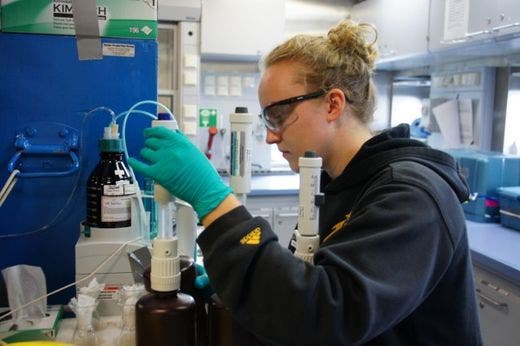
Without oxygen, your brain would shutdown within five minutes or so and you, as a person, along with it. Deprived of this fundamental element, brain cells can’t produce energy anymore and wither and die. Breathing is important, that’s pretty settled but what happens if you can’t rely on your lungs anymore. A team of researchers led by Harvard Medical School’s John N. Kheir found that oxygen-deprived patients can survive if an intravenous injection of gas-filled microparticles is made. These patients, however, were in fact oxygen-starved rabbits, but ultimately this should be made to work on humans.
At the turn of the last century, if your lungs failed or became clogged, you would had been pretty much done for. The advent of a sound technique for cardiopulmonary resuscitation in the 1950s changed all that, but even in the 21st century there’s little doctors can do in the face of oxygen deprivation. The Harvard research could come as a game changer, and help patients survive a critical period, buying time for live-saving medical procedures.
The experiment involved injecting microparticles tiny capsules (2-4 micrometers tiny) made of a single layer of lipids surrounding a small bubble of oxygen gas. The bubbles are in turn suspended in a liquid to keep them from joining and becoming too thick, which have had the opposite desired effect. Upon injection, the capsules crash into red cells in the blood, transferring the oxygen to the cells. Tests on rabbits with blocked windpipes show that up to 70% of the injected oxygen makes it way into the bloodstream. The rabbits were kept alive for up to fifteen minutes.
Fifteen minutes might not seem like much, but it may be enough for doctors to perform a quick surgery to your lungs or other vital oxygen delivery tissues in your body. And it doesn’t stop here, either. Global oxygen deprivation means death, but there are also localized forms of oxygen deprivation. A lack of blood flow to the eyes, for instance, can lead to blindness before doctors even realize there’s anything wrong. Using a similar method, Swiss doctors delivered oxygen-sniffing micro robots into the retinas of glaucoma patients to determine if and where the oxygen supply had been cut off. This greatly improves treatment time, lowering the likelihood of permanent damage to the patient’s vision.
What about surviving without oxygen at all in your system; without blood in the system for that matter. This blasphemous concept is called suspended animation and is a reality.
Was this helpful?



